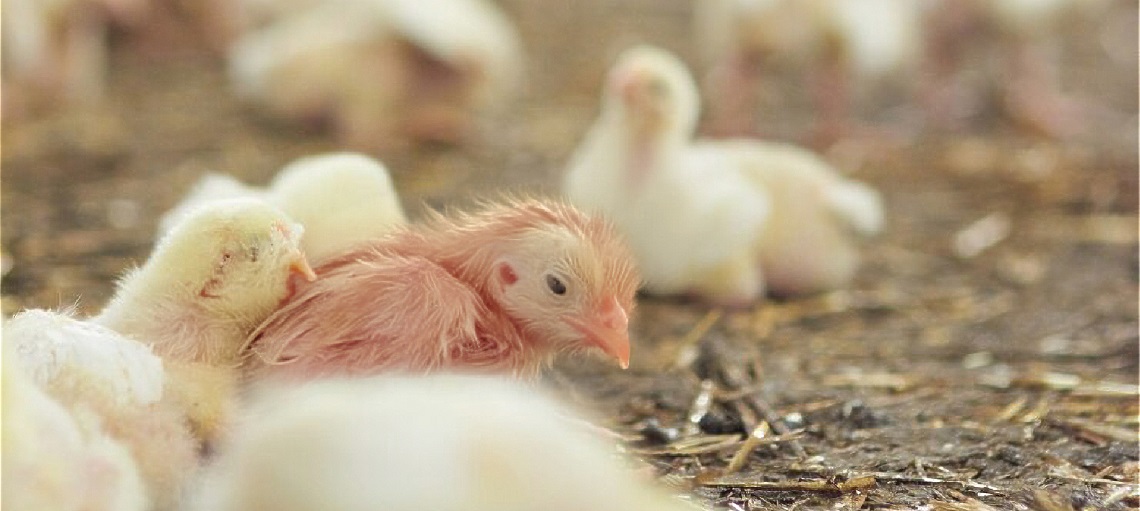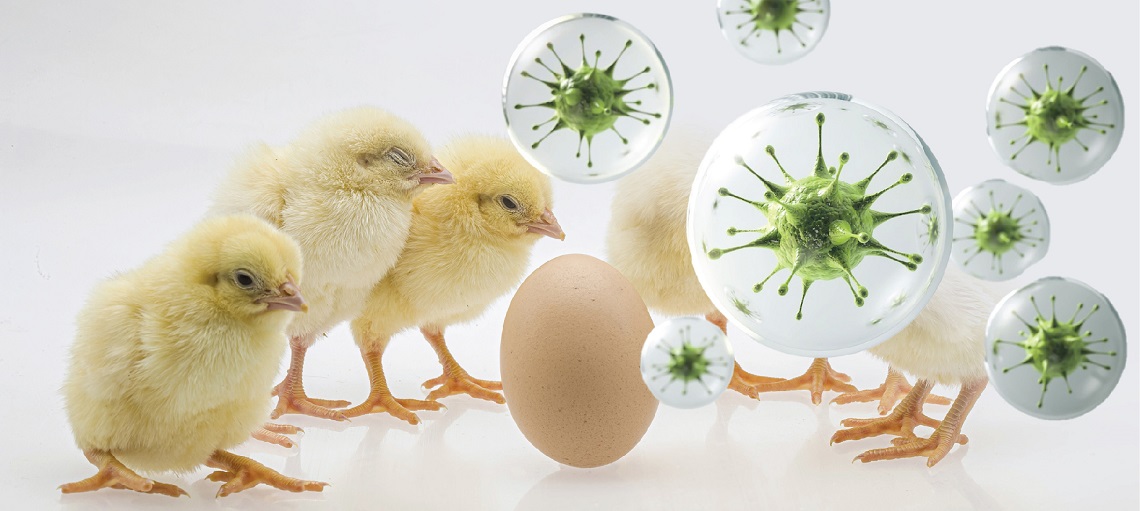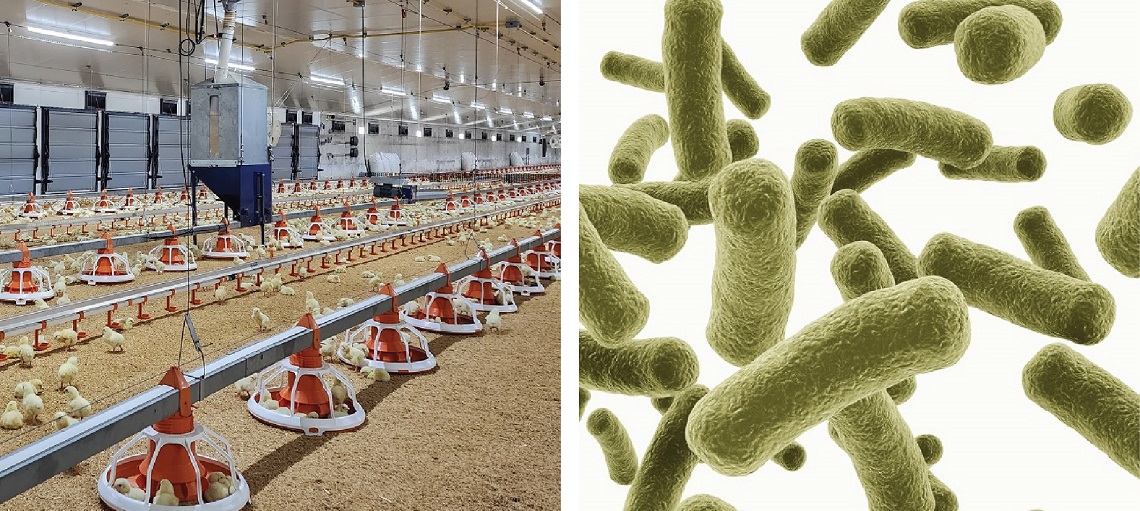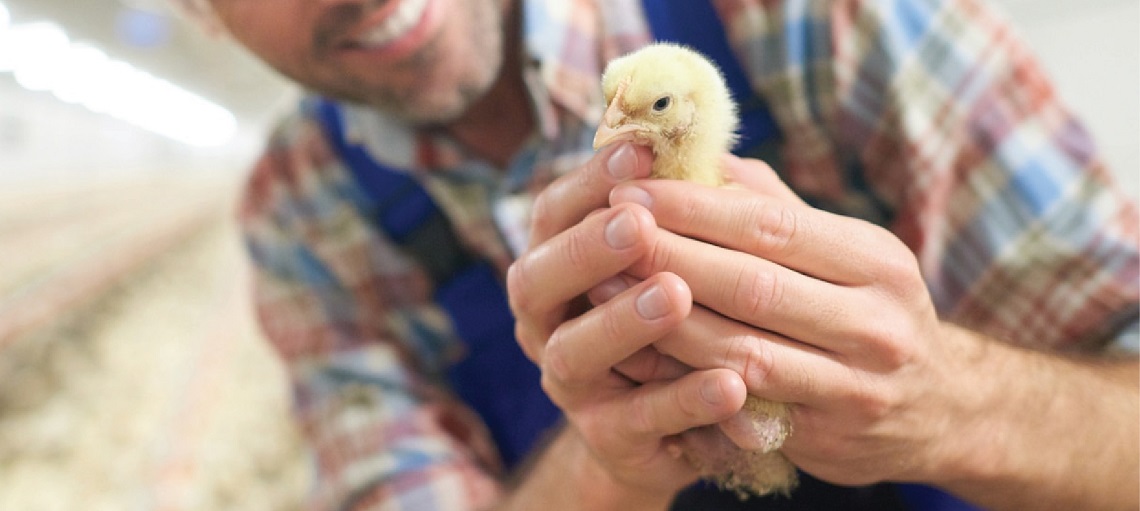Maximising Survival: Controlling Early Chick Mortality in Broiler Production
The initial period of a chick's life is undeniably critical. In fact, recent research indicates that the first week of life of broiler chicks is a sensitive period considering many of the chicks’ systems and organs are immature. It's during this period that chicks are most vulnerable, and unfortunately, it's also when a significant number of mortalities occur. Some early mortalities however are quite normal in a poultry farm. It’s typical to have around 1% to 5% early chick mortality, but anything higher needs to be given serious attention.
Higher than normal mortality usually indicates that there is something wrong with the flock. Good quality chicks usually acclimatise easily to the transition from the controlled facility of a hatchery to a more independent life in the farm. And if they don’t adapt properly, it could be due to subpar handling and management of the chicks. Hence, understanding the underlying causes of early chick mortality and implementing effective prevention strategies are paramount for ensuring the health of the flock and maximising the profitability of the farm. Let’s delve into the core causes of chick mortality and learn about actionable prevention methods that can help to maximise the survival rates of broiler chicks.
Core Causes of Chick Mortality
1. Environmental Stress
One of the primary culprits behind early chick mortality is environmental stress. Extreme brooding temperatures, whether too hot or too cold, can be fatal for chicks. Newly hatched chicks require a stable and warm environment to thrive and regulate their body temperature effectively.
2. Inadequate Nutrition

The first week of a chick’s life represents between 16% to 20% of their productive life, and failure to provide immediate access to water and feed is another common cause of early chick mortality. Chicks are highly dependent on nutrients and hydration immediately after hatching. Dehydration and starvation can quickly set in if chicks are not provided with essential nutrients and vitamins, along with and fresh and clean water.
3. Diseases
Bacterial infections, viral diseases, and parasitic infestations pose significant threats to chick health. These pathogens can swiftly spread through a flock, especially if adequate biosecurity measures are not in place to prevent their introduction and transmission. Pests and predators are also common causes of chick mortality, especially in poorly constructed houses.
4. Genetic Factors
Sometimes, chicks may inherit genetic weaknesses that make them less viable and more susceptible to health issues and mortality. It is important to consider the genetic attributes of different breeds are best suited to the needs of the farm, location and type of production.
5. Poor Management Practices
Overcrowding, rough handling during transportation or placement, and inadequate monitoring of chick behaviour and health status can all contribute to stress, injury, and increased mortality rates. Insufficient drinkers and feeders can also cause chick mortality due to dehydration and starvation.
5 Core Practices to Help Prevent Chick Mortality
Evaluate Chicks
Ensure to work with only trusted and reliable hatcheries and chick suppliers that raise a healthy parent stock. A visual inspection of day-old chicks is a proven method to know the quality of the incoming chicks. Quality chicks are normally active and have a body weight between 40 grams to 44 grams. It’s also important to ensure that their down is dry and have a healed navel, upon removal from the hatcher.
Proper Brooding

Proper brooding practices are paramount in creating an optimal environment for newly hatched chicks. Maintaining optimal brooding temperatures, typically around 32-35°C or 90-95°F, during the first week is crucial. This ensures that chicks are comfortable and can regulate their body temperature effectively. Additionally, ensuring even heat distribution throughout the brooding area helps prevent hot spots or cold drafts that can stress the chicks and contribute to mortality rates. This can be achieved with a robust climate management and ventilation system that does not even need human intervention.
Access to Nutrition
Immediate access to nutrients is essential for the health and well-being of newly hatched chicks. Providing access to high-quality starter feed and fresh, clean water as soon as chicks hatch is vital. This early nutrition boosts their immunity, energy levels, and overall health. Some producers also opt to use chick electrolytes or supplements in the drinking water during the first few days to support hydration and nutrient uptake, especially in cases where chicks may experience transport stress.
Vaccination
Vaccination plays a crucial role in protecting chicks from common diseases that can contribute to early mortality. Following a strict vaccination schedule recommended by poultry veterinarians or experts is essential. Vaccines against diseases such as Marek's disease, Newcastle disease, and infectious bronchitis should be administered correctly to ensure adequate protection for the chicks. Vaccination helps build immunity and reduces the risk of disease outbreaks within the flock.
Biosecurity Measures

Biosecurity measures are fundamental in preventing the introduction and spread of diseases that can impact chick health. Implementing stringent biosecurity protocols is crucial. This includes controlling access to the farm, disinfecting equipment and footwear, and practicing proper hygiene measures. Separating newly arrived chicks from the rest of the flock until they are deemed healthy and free from potential diseases helps minimise the risk of disease transmission and ensures the well-being of all chicks on the farm.
Regular Monitoring

Regular monitoring and observation of chicks are essential components of early mortality prevention. Conducting frequent and thorough checks of the chicks allows producers to observe their behaviour, activity levels, and overall health status. Signs of distress, illness, or abnormalities such as lethargy, huddling, respiratory distress, or abnormal droppings should be promptly addressed. Early detection of health issues allows for timely intervention and treatment, reducing the impact of potential mortality factors.
By prioritising these prevention methods and implementing proactive measures, poultry producers can significantly reduce early chick mortality rates and promote the overall health and well-being of their flocks. The first week in the life of broilers commonly sets the stage for the upcoming growth phases. Ensuring that your chicks come from a trusted source, as well as immediate intervention and actions can avoid you from incurring huge losses.
Are you using the right equipment to keep your chicks nourished, comfortable and healthy? Click the ‘Send a Message’ Button below to talk to us!

